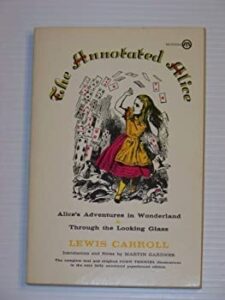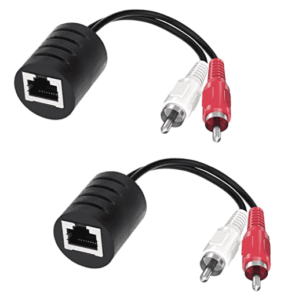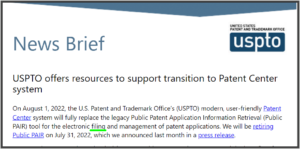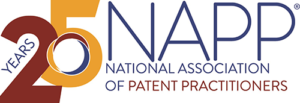 The year was 2001 and semiotics (the study of signs and symbols and their use and interpretations) had by then permeated Western thought, I think mostly because of Umberto Eco’s erudite The Name of the Rose, published in 1980. I had just gotten done reading a rather baffling book that purported to find layers of meaning in the architecture of Hilton hotels around the world and their (I am not making this up) semiotic significance to the Cold War. And pulp writer Dan Brown had just embarked on his series of pop novels like Angels & Demons and The Da Vinci Code, each of which would build a whole story arc on the thinnest of semiotic reeds. Continue reading “The Annotated Alice”
The year was 2001 and semiotics (the study of signs and symbols and their use and interpretations) had by then permeated Western thought, I think mostly because of Umberto Eco’s erudite The Name of the Rose, published in 1980. I had just gotten done reading a rather baffling book that purported to find layers of meaning in the architecture of Hilton hotels around the world and their (I am not making this up) semiotic significance to the Cold War. And pulp writer Dan Brown had just embarked on his series of pop novels like Angels & Demons and The Da Vinci Code, each of which would build a whole story arc on the thinnest of semiotic reeds. Continue reading “The Annotated Alice”
Iranian patent office joins the DAS system as a Depositing Office
This bit of news sort of snuck up on me. Only today did I catch on that five days ago, the Iranian patent office (formally known as the Intellectual Property Center (IPC) of the Islamic Republic of Iran) became a Depositing Office in the DAS system for two kinds of priority documents. Continue reading “Iranian patent office joins the DAS system as a Depositing Office”
Polish patent office becomes trendy, modern, and up-to-date
 I am delighted to be able to report that the Polish patent office has become trendy, modern and up-to-date. Continue reading “Polish patent office becomes trendy, modern, and up-to-date”
I am delighted to be able to report that the Polish patent office has become trendy, modern and up-to-date. Continue reading “Polish patent office becomes trendy, modern, and up-to-date”
Version 2.1.2 of WIPO Sequence software available tomorrow
WIPO has announced that version 2.1.2 of its WIPO Sequence software will be available tomorrow (Wednesday August 3, 2022). You can see the announcement here. Here are action items for ST26 users: Continue reading “Version 2.1.2 of WIPO Sequence software available tomorrow”
Still more must-read for ST26 enthusiasts
Hello dear readers. In recent days I published two blog articles (July 15, 2022 and July 15, 2022) that are must-read articles for anybody who has filed any patent application on or after July 1, 2022 containing a sequence listing. If you have filed any patent application (PCT or non-PCT) on or after July 1, 2022 that contains a sequence listing, and if you have not read those two blog articles, you should read them. After that, you should return to this article and read this article. This article has more information from nice people at WIPO about the ST26 issues that I raised in those articles. Continue reading “Still more must-read for ST26 enthusiasts”
Learning about baluns

It is fun to learn about baluns. The word “balun” is a portmanteu (Wikipedia article) drawn from the words “balanced” and “unbalanced”. The idea of the balun (Wikipedia article) is to provide a way to connect a balanced electrical line and an unbalanced electrical line. I recently encountered the baluns that you see in the photograph at right, and I was pleasantly surprised to find that they really worked well despite falling far short of the classic defining qualities of a balun. Continue reading “Learning about baluns”
PAIR was for filing patent applications?

Just when you thought you were completely familiar with the USPTO e-commerce systems, you realize you were missing something important for all these years. Yes, it turns out that for all of these years, the Public PAIR system has been used for filing of patent applications. See this USPTO News Brief published today, which is quoted at right. Continue reading “PAIR was for filing patent applications?”
See and hear me at the NAPP Annual Meeting and Conference

Yes, today and tomorrow I will be speaking at the Annual Meeting and Conference of the National Association of Patent Practitioners in Denver, Colorado. Continue reading “See and hear me at the NAPP Annual Meeting and Conference”
Yet another must-read for ST26 users
(Please also read Another must-read article for ST26 enthusiasts.)
Earlier today I posted a blog article entitled A must-read for ST26 filers – a technical issue with the software. Here is a followup article that is yet another must-read for ST26 users. This article provides further information which I learned from nice WIPO person Mike Richardson, information which he posted to the ST26 listserv. Continue reading “Yet another must-read for ST26 users”
A must-read for ST26 filers – a technical issue with the software
(Please also see my followup articles entitled Yet another must-read for ST26 users and Another must-read article for ST26 enthusiasts.) (This article has been updated July 29, 2022 to include some suggestions from the nice WIPO people.)
Hello readers. Have you filed any patent application (PCT or otherwise) in recent days using a sequence listing that you created using version 2.1.0 of the WIPO Sequence software? If so, then this blog article is a must-read for you and there are some action steps for you.
If you are getting ready to file any patent application (PCT or otherwise) in coming days, using a sequence listing, this blog article is likewise a must-read for you. Continue reading “A must-read for ST26 filers – a technical issue with the software”
